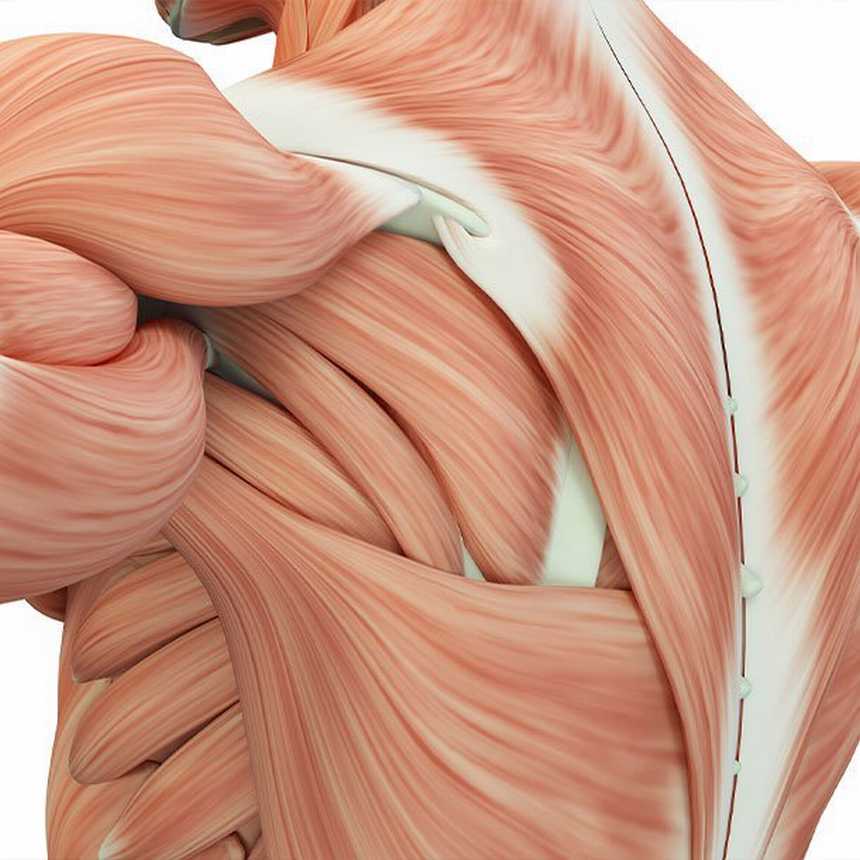Strength Exercises For Older Adults


Strength
Exercises for Older Adults
Even very small changes in muscle size can make a big
difference in strength, especially in people who already
have lost a lot of muscle. An increase in muscle that’s not
even visible to the eye can be all it takes to improve your
ability to do things like get up from a chair or climb
stairs.
Your muscles are active even when you are sleeping.
Their cells are still doing the routine activities they
need to do to stay alive. This work is called metabolism,
and it uses up calories. That can help keep your weight in
check, even when you are asleep!
To do most of the following strength exercises, you need
to lift or push weights, and you need to keep gradually
increasing the amount of weight you use. You can use the
hand and ankle weights sold in sporting-goods stores, or
you can use things like emptied milk jugs filled with sand
or water, or socks filled with beans and tied shut at the
ends.
There are many alternatives to the exercises shown here.
For example, you can buy a resistance band (it looks like a
giant rubber band, and stretching it helps build muscle) at
a sporting-goods store for under $10 to do other types of
strength exercises. Or you can use the special strength-
training equipment at a fitness center.
How Much, How Often
Do strength exercises for all of your major muscle
groups at least twice a week. Don’t do strength exercises
of the same muscle group on any 2 days in a row.
Depending on your condition, you might need to start out
using as little as 1 or 2 pounds of weight, or no weight at
all. The tissues that bind the structures of your body
together need to adapt to strength exercises.
Use a minimum of weight the first week, then gradually
build up the weight. Starting out with weights that are too
heavy can cause injuries.
At the same time, remember that you have to gradually
add a challenging amount of weight in order to benefit from
strength exercises. If you don’t challenge your muscles,
you won’t benefit from strength exercises. (The
“Progressing” section below will tell you how.)
When doing a strength exercise, do 8 to 15 repetitions in a
row. Wait a minute, then do another set of 8 to 15
repetitions in a row of the same exercise. (Tip: While you
are waiting, you might want to stretch the muscle you just
worked or do a different strength exercise that uses a
different set of muscles).
Take 3 seconds to lift or push a weight into place; hold
the position for 1 second, and take another 3 seconds to
lower the weight. Don’t let the weight drop; lowering it
slowly is very important.
It should feel somewhere between hard and very hard (15 to
17 on the Borg scale) for you to lift or push the weight.
It should not feel very, very hard. If you can’t lift or
push a weight 8 times in a row, it’s too heavy for you.
Reduce the amount of weight. If you can lift a weight more
than 15 times in a row, it’s too light for you. Increase
the amount of weight.
Stretch after strength exercises, when your muscles are
warmed up. If you stretch before strength exercises, be
sure to warm up your muscles first (through light walking
and arm pumping, for example).
Safety
Don’t hold your breath during strength exercises.
Breathe normally. Holding your breath while straining can
cause changes in blood pressure. This is especially true
for people with cardiovascular disease.
If you have had a hip repair or replacement, check with the
doctor who did your surgery before doing lower-body
exercises.
If you have had a hip replacement, don’t cross your
legs, and don’t bend your hips farther than a 90-degree
angle.
Avoid jerking or thrusting weights into position. That can
cause injuries. Use smooth, steady movements.
Avoid “locking” the joints in your arms and legs in a
tightly straightened position. (A tip on how to straighten
your knees: Tighten your thigh muscles. This will lift your
kneecaps and protect them.)
Breathe out as you lift or push, and breathe in as you
relax. For example, if you are doing leg lifts, breathe out
as you lift your leg, and breathe in as you lower it. This
may not feel natural at first, and you probably will have
to think about it as you are doing it for awhile.
Muscle soreness lasting up to a few days and slight fatigue
are normal after muscle-building exercises, but exhaustion,
sore joints, and unpleasant muscle pulling aren’t. The
latter symptoms mean you are overdoing it.
None of the exercises you do should cause pain. The range
within which you move your arms and legs should never hurt.
Progressing
Gradually increasing the amount of weight you use is
crucial for building strength.
When you are able to lift a weight between 8 to 15 times,
you can increase the amount of weight you use at your next
session.
Here is an example of how to progress gradually: Start out
with a weight that you can lift only 8 times. Keep using
that weight until you become strong enough to lift it 12 to
15 times. Add more weight so that, again, you can lift it
only 8 times. Use this weight until you can lift it 12 to
15 times, then add more weight. Keep repeating.
Sarcopenia
Sarcopenia (pronounced sar – ko – PEEN – ya) is the word
researchers use to mean not only the loss of muscle and
strength but also the decreased quality of muscle tissue
often seen in older adults. It’s a word you are likely to
hear more about in the future, since sarcopenia is a very
active area of research.
We know that muscle-building exercises can improve
strength in most older adults, but many questions remain
about muscle loss and aging. Researchers want to know, for
example, if factors other than a sedentary lifestyle
contribute to muscle loss. Does age itself cause changes in
the muscles of older people? Is muscle loss related to
changes in hormones or nutrition? These are the kinds of
questions scientists are examining now. The answers may
lead to ways of helping us keep our strength as we age.


